When you think of customer service, what is the first thing that comes to mind? For many, it’s probably that typical image you see in films and television: call centre workers at their desks with their phones and clunky headsets. The classic call centre.
However, when we’re discussing customer service at Babble, we refer to our contact centre cloud solution. It’s easy to make the assumption that this is just an alternative term for the call centre, but there is actually a difference between the two.
Though similar, the terms are not interchangeable, and understanding the difference could be significant for business leaders looking to improve customer experience. What may seem an inconsequential detail could actually have a big business impact.
The call centre transformation
That old school call centre image that typically comes to mind is a pretty good example of what customer service used to look like. But, as technologies have changed, customer service has come to be delivered in new ways.
The focus of call centres is typically largely on agents, who take calls from customers and deal with enquiries, complaints and other services directly over the phone. These workers remain an integral part of customer service in 2022, but often find themselves stressed and overstretched, which is why much of what we do to help businesses improve their CX today is focused on supporting and empowering call centre agents.
When customers require direct interaction to get to the bottom of an issue, traditional agents are still a vital tool in any business’ arsenal. For many customers, particularly those of an older generation used to certain methods of contact, the security and personal touch of a phone call is unrivalled.
However, the growth of digital channels, changes in customer expectations, and increased demands on call centre agents has meant that most businesses need to expand beyond the traditional call centre – this is where contact centres come in.
Rise of the contact centre and omnichannel CX
The key difference between the call centre and the contact centre is the number of different communication channels they operate in. Call centres are pretty self-explanatory, but contact centres take advantage of a number of digital channels alongside phone calls, such as email, text messages, live chats and social media.
Having a varied network of communication methods is increasingly important in today’s world. A 2020 YouGov poll revealed 55% of Brits would prefer to receive a text than a call, whether that’s from a friend or a business, with this rising to 72% for those under 40.
These different channels do more than simply serve the customer’s preference though. The integration of smart technologies into these channels, such as call routing, chat bots, or automated phone assistants can create a streamlined, more efficient CX platform.
The variety of tools reduces the time that agents are spending on basic or irrelevant tasks that can be resolved easily via automated technologies. This frees them up to deliver important, personal customer service where it is needed most – making the call centre within the contact centre more effective than the call centres of old. This not only benefits the customer, but also eases the burden on contact centre agents.
It’s worth noting though that contact centre staff aren’t limited to verbal communication; there are of course skilled customer service professionals behind the other communication channels too. This means they need to be trained across the various channels as delivering good customer service via a written message is different to doing it over the phone – we’ve all read a text in the wrong way before, so it’s important to avoid falling into that trap.
Making the right call for your business
Whether you develop a call centre or a contact centre for your business depends on the needs, aims and priorities of your organisation. Call centres are certainly more cost-effective so may be the route to go for small businesses where verbal customer engagement is particularly important.
For most, the contact centre will increasingly be the way to go as technologies continue to advance and businesses seek greater efficiency. Reaching customers in the ways that suit them and optimising agent time will improve both customer and staff experience. Meanwhile, the huge amounts of data across various channels can be leveraged to learn more about customers than ever and ultimately inform improved customer service moving forward.




